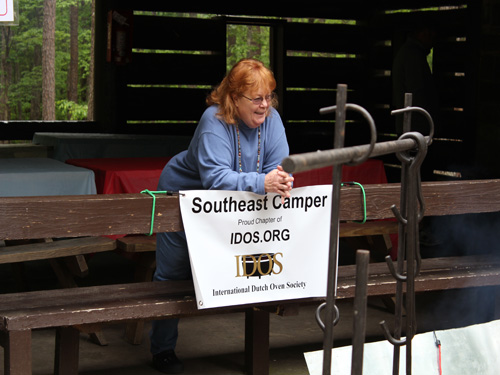Backpacking Stoves & Cookware
The simplest stove is a burner with fuel that burns till the fuel is gone or snuffed out. The two most popular are solid fuel (Hexamine tablets) and liquid fueled (methylated spirits).
The modern backpacking and camp stoves are pressurized burner stoves that operate on almost any flammable liquid like white gas, unleaded gas, alcohol or kerosene. These stoves need to be pressurized by a hand pump on the fuel tank. The liquid fuel stoves are popular for backpacking in United States as they generally operate well in cold weather. The liquid fuel costs less than gas fuel and readly available. The disadvantages to liquid fueled stoves require priming, thus some skill is needed to operate them. Using liquid fuel stove in a tent is difficult or even dangerous. The fuel does not burn as cleanly as gas fueled stoves
generally operate well in cold weather. The liquid fuel costs less than gas fuel and readly available. The disadvantages to liquid fueled stoves require priming, thus some skill is needed to operate them. Using liquid fuel stove in a tent is difficult or even dangerous. The fuel does not burn as cleanly as gas fueled stoves
The newer, more compact and convenient stoves are gas. The gas stove runs on gas filled cartridges of  propane, butane or a combination of both. These stoves have the greatest variety of styles and sizes. The gas fueled stove has many advantages; the fuel burns cleanly. They are simple to use, open and adjust the valve and light. The disadvantage is gauging how much gas you have. They do not operate very well in colder weather.
propane, butane or a combination of both. These stoves have the greatest variety of styles and sizes. The gas fueled stove has many advantages; the fuel burns cleanly. They are simple to use, open and adjust the valve and light. The disadvantage is gauging how much gas you have. They do not operate very well in colder weather.
The use of backpacking stoves widely spread as backpackers became aware of the impact they had on the envioment. Before the 1960s backpackers would build a fire with what was available, fallen limbs and leaf litter. This left black fire marks on the ground that could take years to recover. These scars from fires in heavily used areas led to even more backpackers using protable stoves.
Camp stoves and backpack stoves differ greatly as to size and function. A camp stove is usually propane or liquid fuel with multiple burners like at home, often having a lid for a windscreen or storage. Camp stoves cook more traditional type meals requiring longer cook times. A backpacking stove is minimal in function and scale. Most backpacking stoves are designed for heating water quickly or very quick type frying, etc.
Camp Master

